I am trying to build a circuit based off of a trigger I took apart and recreate it in LTspice to simulate how it operates.
I am having trouble simulating a rheostat for this circuit.
The basic premise is that the contact slides with the trigger across the rheostat which is between two pads which are connected to an opamp. I have set up two rheostats since as the contact slides, the resistance to each of the opamp's inputs is altered. I have two questions with this.
Can I get a resistor to have a constant value for a set time then have a variable value? The purpose of this would be to show each state of the trigger, that being fully unpressed and fully pushed, and then with the varying value based on how far the trigger is pushed.
Is there a better way to set up a rheostat to increment and decrement to its limits? I would like to have the rheostats climb to its max value on one, and decrease from its max value to one on the other.
Below is my current LTspice setup and results.
The voltage is measured at the source of the n-enhancement MOSFET, since I assume that is where the load would be hooked up to. The first 30s are set to have the trigger fully pushed, from 30s to 50s the trigger state is set to fully unpressed, and the last 10s I was looking to show the affect of the rheostat. The periods for these are irrelevant and if they should be adjusted to optimize the simulation, it's no issue.
R3 and R6 are the ones I was looking to have act as rheostats.
This is a picture of the component I am trying to replicate, minus the IC. The black strips are the rheostats.
I believe I may be missing a few other key aspects of the circuit as a whole, but want to address the rheostat if possible.


